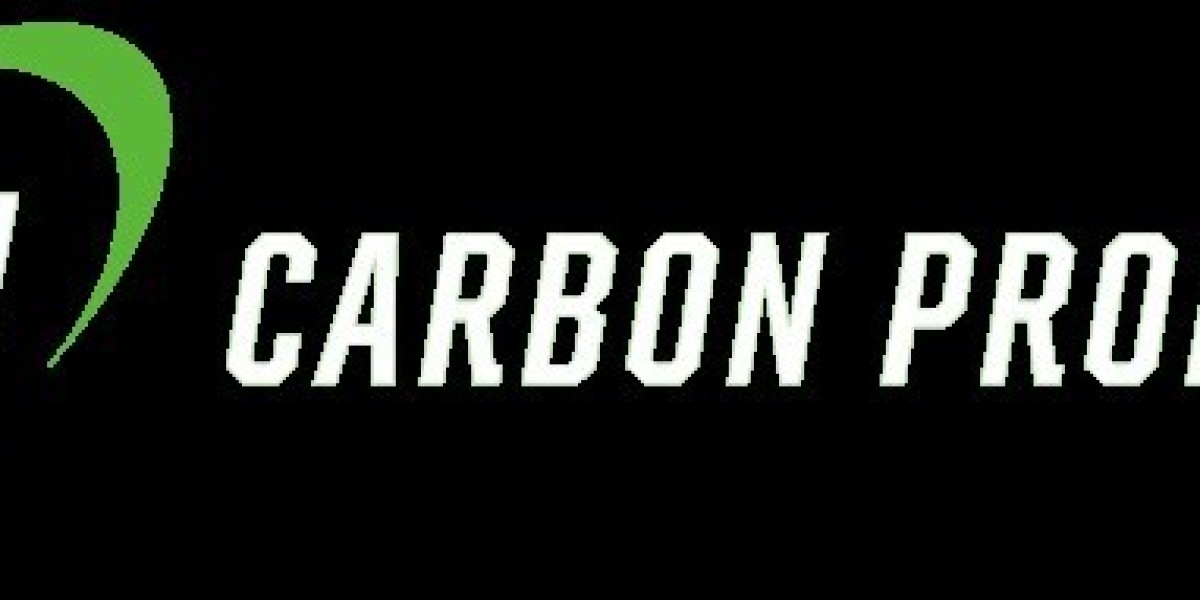As industries move toward sustainability, the search for effective rubber substitutes has become more than just a trend—it’s a necessity. Whether you're in manufacturing, construction, or product design, understanding the available alternatives to natural rubber can help you make better decisions for both your business and the environment.
But this isn’t just about swapping materials. It’s about rethinking how we use resources, reducing waste, and choosing partners who are innovating responsibly.
Why We Need Rubber Alternatives
Natural rubber has served us well for decades. It's flexible, durable, and found in everything from tires to footwear. But it's not without issues:
Environmental strain from large-scale rubber plantations
Vulnerability to supply disruptions due to climate change and disease
High production costs that can affect pricing and availability
With global demand increasing, businesses are now exploring safer, more sustainable rubber substitutes—many of which offer performance benefits alongside eco-friendliness.
Promising Eco-Friendly Rubber Substitutes
Here are some of the leading materials stepping in to fill the gap.
1. Silicone Rubber
Silicone has grown in popularity thanks to its:
Resistance to extreme temperatures
Flexibility and softness
Long product lifespan
You’ll find it in medical devices, kitchen tools, and electronics. It's particularly valuable in industries that require materials to withstand high heat or wear over time.
2. Thermoplastic Elastomers (TPE)
TPEs are a hybrid of rubber and plastic, making them:
Easy to recycle
Cost-effective for mass production
Lightweight yet durable
They’re common in automotive parts, soft-touch grips, and consumer electronics. TPE is a solid choice when flexibility meets design precision.
3. Guayule Rubber
Guayule is a shrub native to the American Southwest, and it’s gaining attention as a natural rubber alternative that:
Requires less water and fewer chemicals to grow
Can be cultivated on marginal land
Is hypoallergenic
Companies exploring this option are especially interested in its potential for tires and medical applications.
4. Recycled Rubber
Sometimes the best substitute is reusing what’s already made. Recycled rubber:
Diverts waste from landfills
Cuts down the need for raw materials
Can be used in flooring, playground surfaces, and even footwear
It’s not a fit for every product, but it’s an accessible and low-cost option for many industries.
Table: Comparison of Rubber Substitutes
| Substitute | Key Feature | Common Use Cases | Eco Benefit |
|---|---|---|---|
| Silicone Rubber | Heat and chemical resistance | Medical, kitchen, electronics | Long lifespan, low waste |
| TPE | Flexible and recyclable | Automotive, tools, packaging | Recyclable, less energy use |
| Guayule Rubber | Naturally grown and hypoallergenic | Tires, healthcare | Low water use, sustainable |
| Recycled Rubber | Cost-effective and durable | Mats, playgrounds, shoes | Reduces landfill waste |
The Role of Coal Fillers Inc in the Shift to Better Materials
At the heart of innovation in this space is Coal Fillers Inc, a company that’s quietly playing a critical role in supporting eco-conscious manufacturing.
Coal Fillers Inc produces high-performance carbon fillers derived from anthracite coal. These fillers are not rubber themselves, but they significantly enhance the performance and sustainability of rubber substitutes by:
Improving strength and durability
Enhancing resistance to heat and wear
Reducing reliance on petroleum-based additives
Their materials are used across multiple industries—from automotive to roofing—where performance can't be compromised but cost and environmental impact must be managed.
By optimizing compounds with Coal Fillers Inc’s products, manufacturers can extend product life and reduce the volume of raw material required, a win-win for cost and sustainability.
Learn more about how Coal Fillers Inc supports better material performance: Visit Coal Fillers Inc
Choosing the Right Substitute for Your Business
Not all rubber alternatives are created equal—and that’s a good thing. It means you have the flexibility to choose a material based on your specific application, priorities, and values.
Here are a few questions to ask before making the switch:
What is the material’s environmental impact from production to disposal?
How does it perform under stress, heat, or constant use?
Is it available at scale and within your budget?
Are there partners who can help you optimize its performance?
The right substitute won’t just check the eco box. It should improve the overall lifecycle of your product, especially if you’re building long-term value into your offering.
Looking Ahead
The future of rubber is already in motion—and it’s being shaped by startups, manufacturers, and material scientists who are rethinking what’s possible.
For remote team leaders, HR professionals, or project managers working with distributed product teams, staying ahead of these trends means understanding what materials are not just possible, but practical. Sustainable innovation often starts in the smallest components.
And as the industry shifts, companies like Coal Fillers Inc are helping to ensure that the transition is not only possible but powerful.






